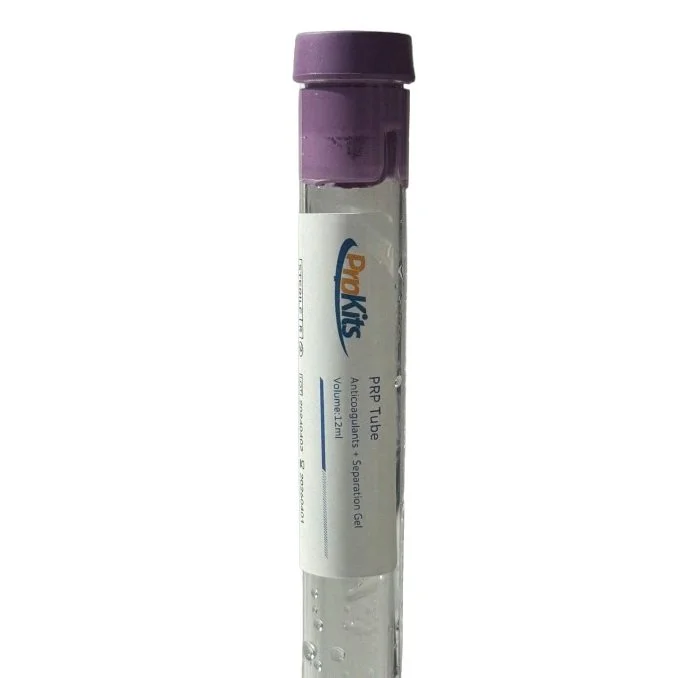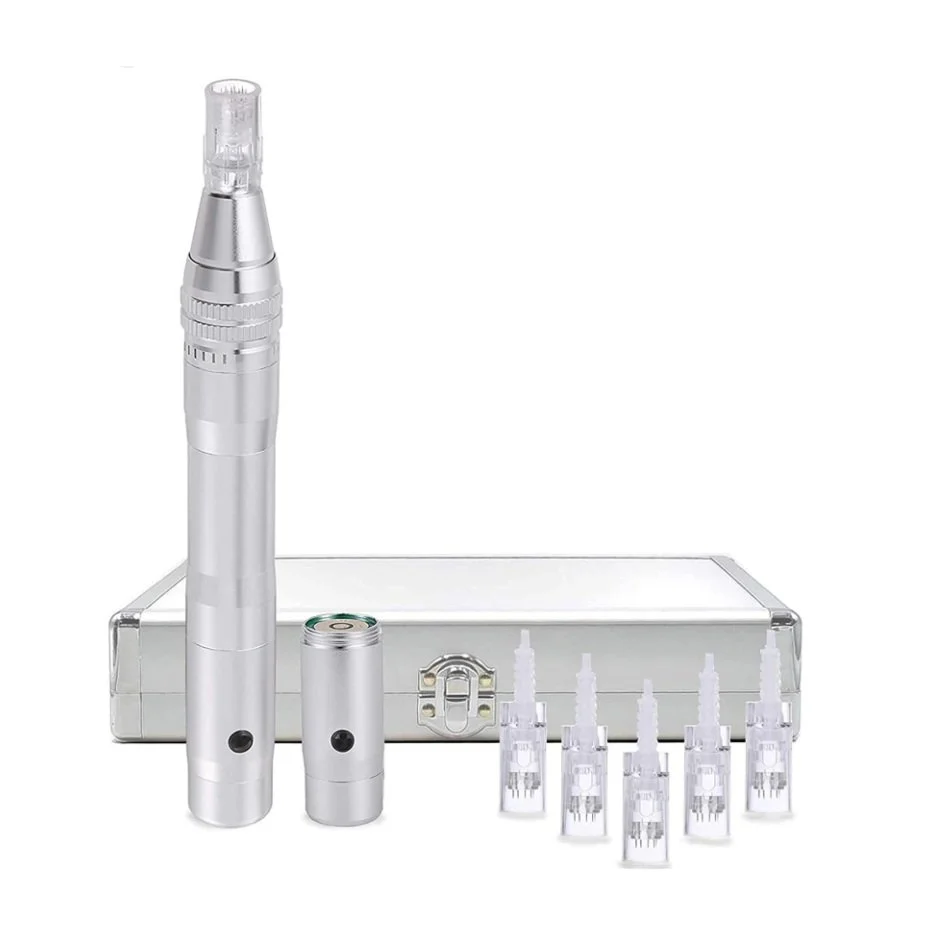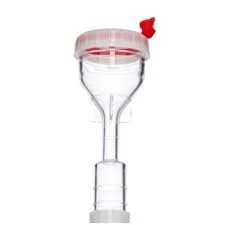Featured Products
Looking for this?
Ycellbio regenerative medicine products may be ordered directly from the manufacturer. Visit their website here.
PRP Device
This device includes the anticoagulant and a gel that separates the Red Blood Cells from the PRP and PPP. The PRP obtained can help repair injured or damaged tissue. PRP combined with the growth factors helps start the regenerative process.
The process will provide necessary growth factors are following:
Epidermal Growth Factor (EGF)
Fibroblast Growth Factor (FGF)
Connective Tissue Growth Factor (CTGF)
Insulin Like Growth Factor (IGF-1)
Hepatocyte Growth Factor (HGF)
Keratinocyte Growth Factor (KGF)
Angiopoietin (Ang-1)
Platelet Factor 4 (PF-4)
Stromal Cell Derived Factor (SDF-1)
PRP for Aesthetics
SPECIFICATIONS
Pyrogen Free
Sterilized 3x
12 ml volume
6-8ml of PRP/PPP
84% Platelet Recovery
Anticoagulant and Gel
Separator Included
6x Concentration.
Platelet Rich Plasma (PRP) in Medicine
— Revolutionizing
Healing and Regeneration.










